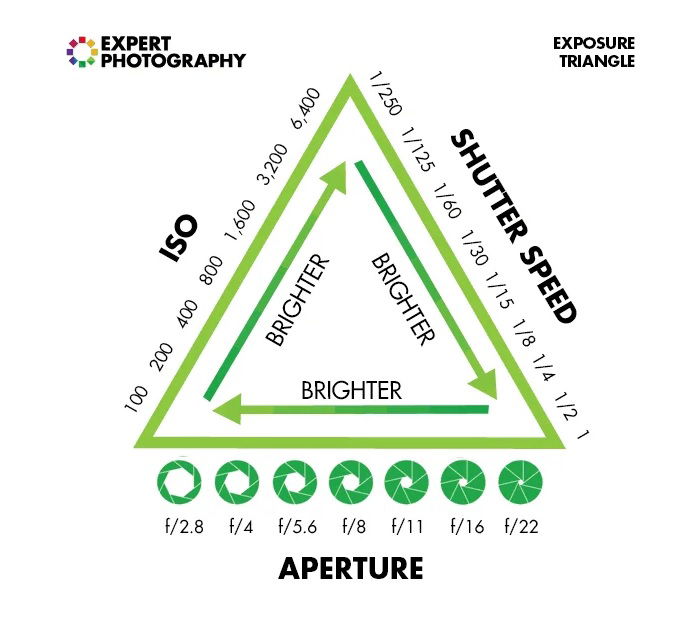All You Need To Know About Aperture

It determines how much of your photo is in focus and just how much is blurred. The important things I love most about setting my f/ broad open is creating those blurred backgrounds that make photos look more expert. If you have ever taken a look at a photo where the subject is tack sharp however the background is fuzzy, this is created by their option of aperture.
The smaller the aperture number like f/ 1.2 and f/ 2.8, then less of the image will be in focus. That means you will have that great fuzzy background. Plus, if you are shooting in your home and have your aperture wide open it helps to hide the mess that might be in the background.
What Is Aperture?
You wish to see the clear lake, the sharp trees, and the fluffy white clouds. If your aperture is too low, not whatever will be in focus. So a closed aperture like f/14 or more will be what you utilize. Initially figure out just how much light you need in your image.
Everything You Need To Know About Aperture
Then based off of how lots of people; if they are on various focal planes, go up as required. You want most of the scene in focus for landscape shots so you are going to wish to keep your f/ at 10 or greater.
Understanding Aperture In Photography
The aperture system in the lens that allows more or less light to come in is formed of a series of opaque "blades". When the blades are open, your camera sensor will record more light, whereas as the blades gradually close, less light will strike your sensing unit. In a similar method to our eyes, given that it works like the human pupils: the wider they are, the more light will go through and vice versa.
Large apertures are also understood as fast apertures considering that they enable you to reduce the direct exposure time, and little apertures are likewise referred to as sluggish apertures, given that they allow you to increase the shutter speed. Depending upon what you want to catch, there are specific situations where you shouldn't alter your ISO and shutter speed; aperture will be the key to a proper direct exposure.
What Is Aperture? A Photographer's Complete Guide
According to the physics laws in optics, you'll have the ability to record, implying more locations of your images will be out of focus and less sharp. On the other hand, you'll see in your image, implying a bigger percentage of the image will remain in focus.
The exact same thing takes place when you set a little aperture. Because case, there is a phenomenon associated to aperture in photography which is an optical impact that results in poorer quality throughout the image. You can see this phenomenon as you start closing the aperture above f/16 worths.
What Is Aperture? A Photographer's Complete Guide
To compute this sweet area, approximately move 2 to 3 F-stop worths from the optimum aperture of your lens. For example, if the maximum aperture in your lens is f/4, this would be in between f/8 and f/11/.
Before digital photography, the aperture was manually set on the lens by selecting the particular F-value. This altered in digital video cameras today. There are still some manual lenses that require you to set the aperture manually, but all the electronic lenses that work with your digital video camera will enable you to quickly select your aperture.
What Is Aperture In Photography?
Beyond all the that we have actually currently seen, there are other intriguing adverse effects of using different apertures in some light scenarios. To/sunburst or a moonstar, you'll need to have high F-Stop worths from f/16 to the smallest aperture on your lens. That method, the sun/moon beams will be sharper. This likewise depends upon the number of blades on the aperture of your lens.
Aperture In Photography
What is aperture in photography and how does it impact the way our image looks? Aperture is the most essential pillar of the direct exposure triangle after shutter speed and ISO, so it's vital you comprehend it! Terms like f-stops and depth of field might frighten newbie professional photographers, however they're truly not that complicated.
Smaller aperture = darker picture. EASY! Using the aperture to manage the quantity of light that comes through your lens is in some cases a creative choice you make. Other times you may be forced to select a particular aperture based on the available light you have in your scene.